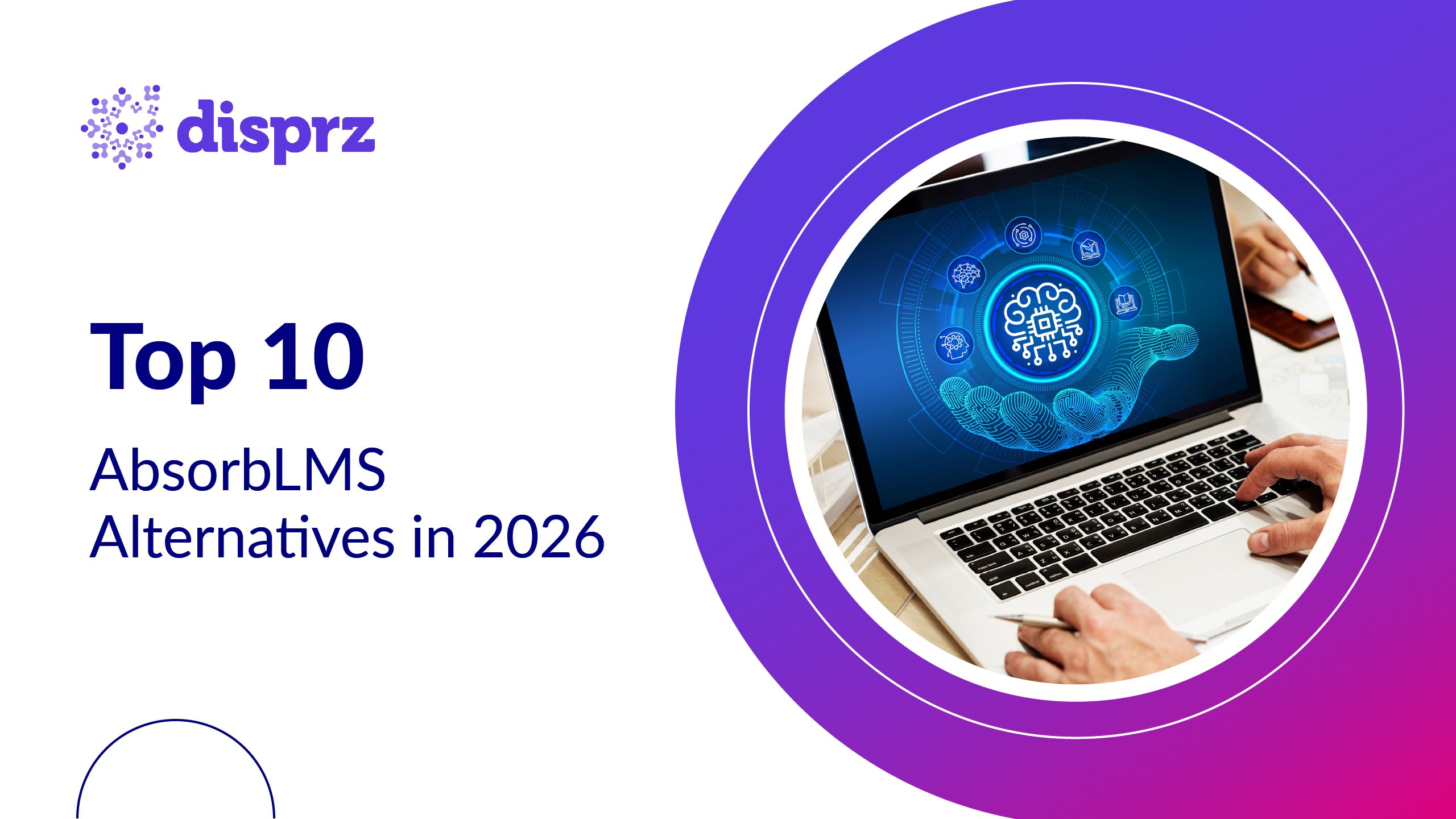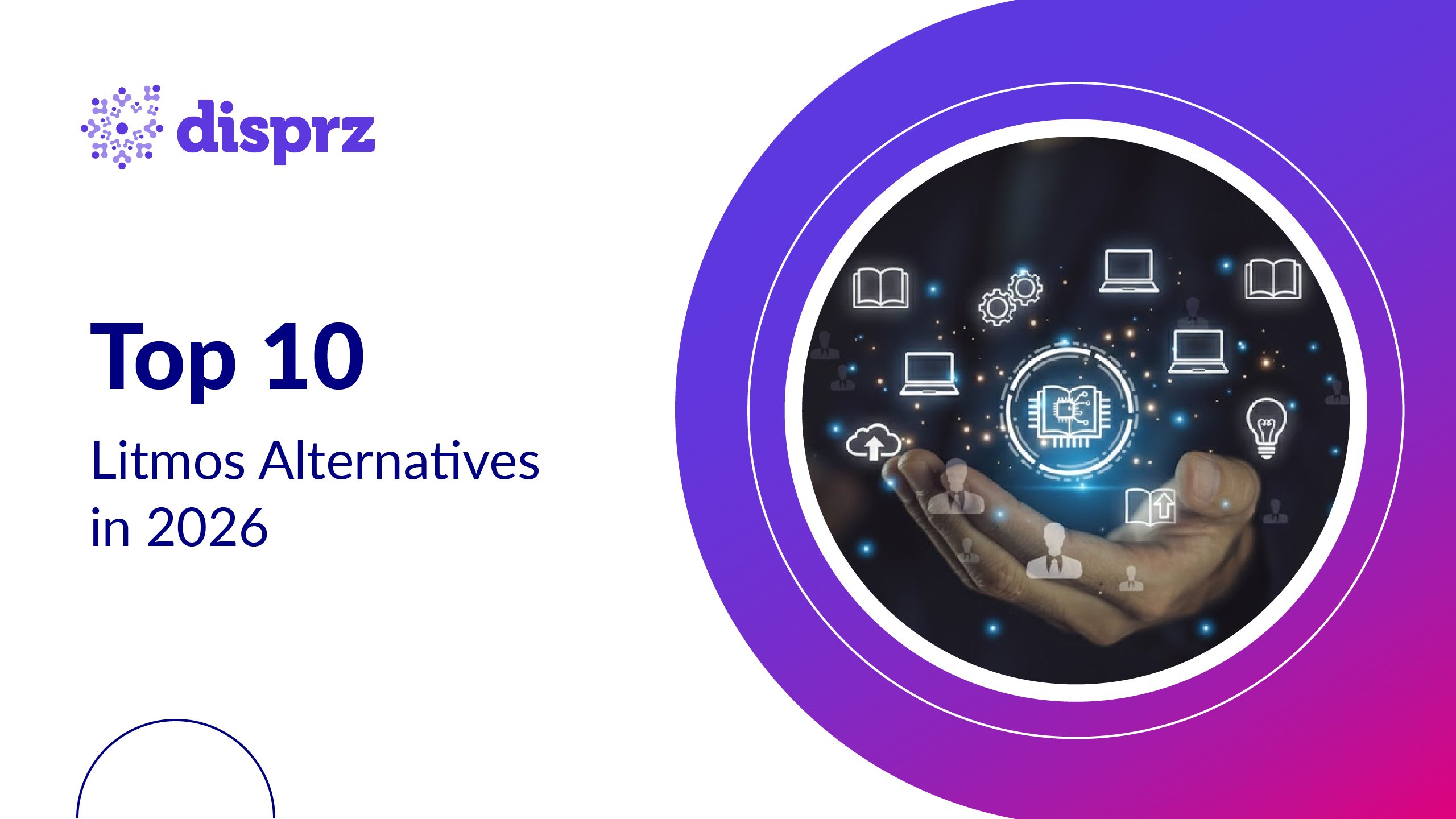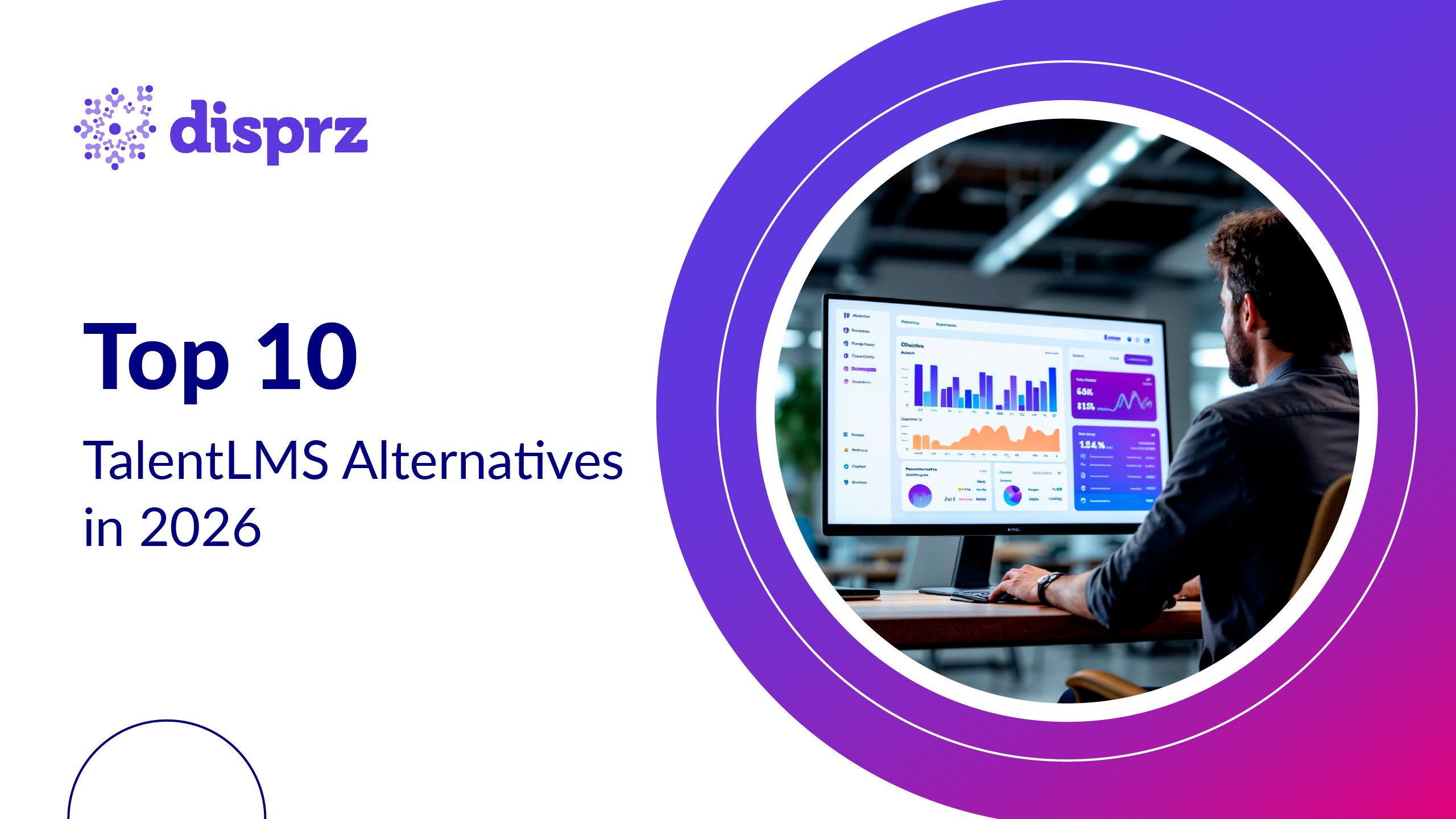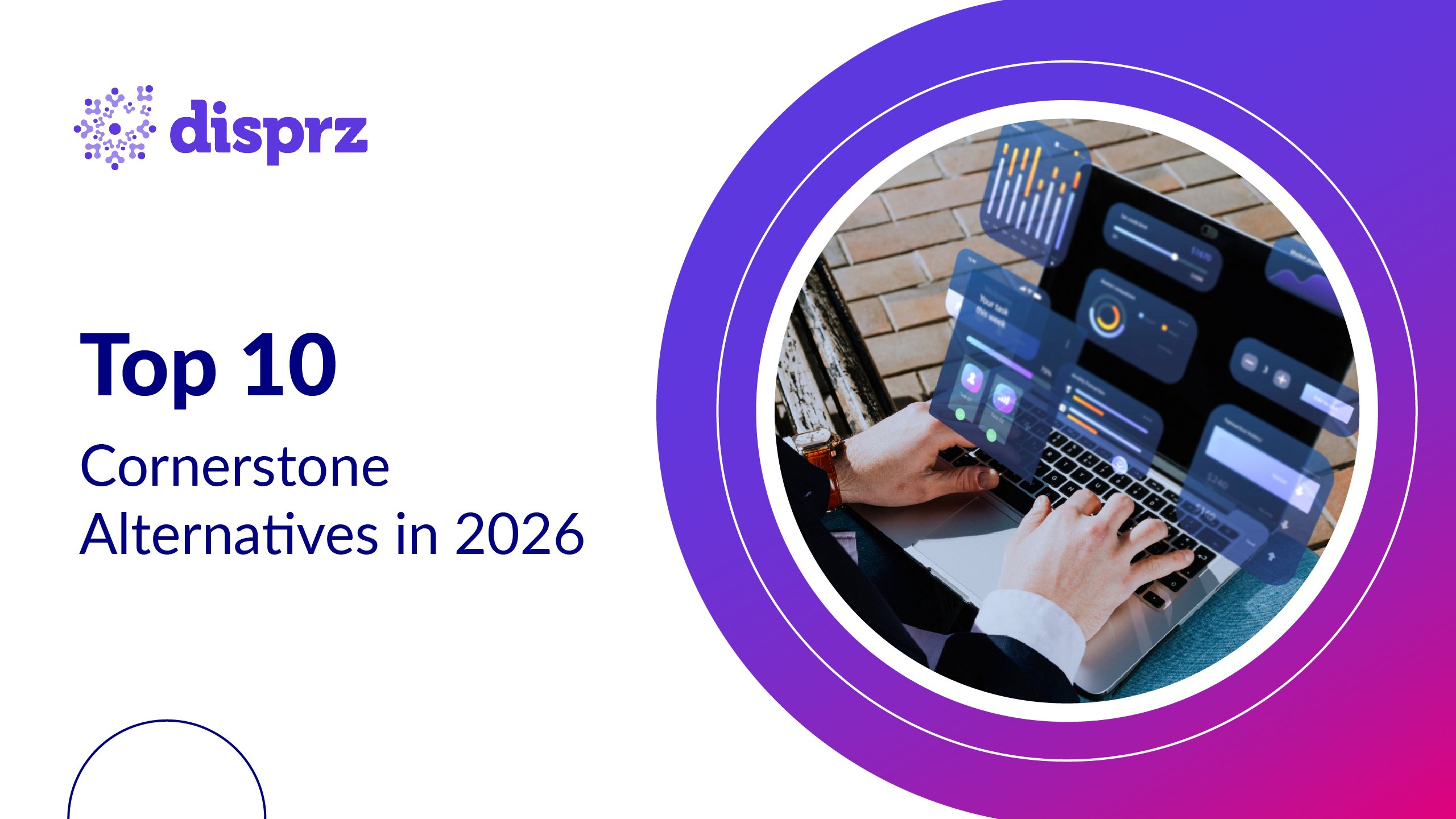As L&D leaders step into 2025, the pressure to align learning with measurable business impact has never been greater. Amid tighter budgets, evolving workforce needs, and high expectations from the C-suite, proving the value of learning programs is no longer optional; it’s business critical. Learning is widely acknowledged as a catalyst for improved performance, increased productivity, talent retention, and deeper engagement.
Yet, many organizations still struggle to move beyond surface-level metrics such as completion rates and feedback scores. They face challenges in linking learning efforts to core business objectives such as revenue growth, cost efficiency, or employee productivity. This guide is designed to bridge that gap by offering practical, data-driven strategies that enable L&D leaders to connect the dots between learning and measurable business outcomes with clarity and confidence.
Here we explore how L&D teams can leverage L&D metrics, data analytics, and return on investment (ROI) frameworks to demonstrate real impact. From selecting the right learning analytics platform to applying proven models such as the Kirkpatrick Model and Phillips ROI Methodology, we outline everything you need to know to make your learning programs indispensable to business success.
Why Proving Learning ROI Matters in 2025?
The L&D landscape in 2025 is data-driven, outcome-focused, and under increasing scrutiny from the C-suite. With every dollar invested in training, business leaders expect measurable returns. Whether it’s improving sales performance, reducing turnover, or increasing operational efficiency, learning teams are expected to show how their programs move the needle.
Here’s why proving learning ROI matters:
Executive Buy-In: Demonstrating impact earns greater support and funding from leadership.
Resource Optimization: Data-driven learning impact insights help prioritize programs that deliver the highest returns.
Strategic Alignment: Linking training to business outcomes ensures learning stays aligned with company goals.
Accountability and Growth: ROI metrics foster a performance culture within L&D functions.
What is Learning ROI? Understanding the Core Concept
Learning ROI is the measurable benefit gained from learning programs relative to their cost. It goes beyond learner satisfaction or course completion rates to answer a more strategic question:
How did this training move the business forward?
Traditionally, ROI is calculated as:
ROI (%) = [(Monetary Benefit - Training Cost) / Training Cost] x 100
But in L&D, capturing that monetary benefit requires a deeper approach; identifying and aligning relevant business impact metrics, such as sales uplift or reduced error rates, with specific learning outcomes. It also involves tracking these outcomes over time and across different learner groups to isolate the impact of training. By establishing these data connections early, L&D teams can translate abstract learning goals into concrete, measurable business results.
7 Key Metrics to Measure Learning ROI Effectively
Measuring the ROI of learning requires more than just tracking participation; it involves capturing real, behavior- and business-linked outcomes. These metrics form the backbone of a robust learning analytics strategy. By combining leading indicators such as engagement with lagging indicators such as performance improvements, L&D teams can present a holistic view of training effectiveness and its contribution to business outcomes.
1) Training Completion Rates
Track how many employees complete a course, but treat it as a starting point.
2) Knowledge Retention
Use pre-and post-assessments to measure how much knowledge is retained over time.
3) Behavioral Change
Track changes in how employees apply learned skills in their day-to-day roles.
4) Employee Performance Metrics
Link learning to KPIs such as sales closed, customer satisfaction, or productivity.
5) Time-to-Proficiency
Measure how quickly employees become competent after training.
6) Employee Engagement and Satisfaction
Use surveys to understand how training impacts employee morale and engagement.
7) Business Impact Metrics
Measure tangible business outcomes such as revenue growth, cost reduction, or reduced attrition attributable to training.
Proven Frameworks to Calculate Learning ROI
To make a compelling case for training ROI, L&D leaders need structured approaches that go beyond surface-level metrics. Proven frameworks provide repeatable, credible methodologies to evaluate learning programs at every level, from learner satisfaction to financial return.
In this section, we dive into two of the most widely used and respected models for calculating learning ROI.
1) Kirkpatrick Model (4 Levels of Evaluation)
One of the most widely used models, it includes:
Level 1: Reaction (How learners feel about the training)
Level 2: Learning (What knowledge or skills were gained)
Level 3: Behavior (Application of learning on the job)
Level 4: Results (Impact on business outcomes of learning)
2) Phillips ROI Methodology
Building on the Kirkpatrick Model, this methodology adds a fifth level:
Level 5: ROI (Converts outcomes into monetary value and compares against training costs)
This model is ideal for quantifying the financial return of learning initiatives and making a compelling business case.
Role of Learning Analytics Platforms in ROI Measurement
To prove learning ROI at scale, L&D leaders need more than spreadsheets; they need intelligent systems. This is where Learning Analytics Platforms step in. These platforms provide the digital infrastructure to consolidate, analyze, and interpret training data in ways that directly link learning to business outcomes. A modern Learning Analytics Platform plays a critical role in capturing, analyzing, and reporting learning data.
Here’s how it enables ROI measurement:
-
Data Aggregation: Centralizes data from LMS, surveys, assessments, and performance systems.
-
Real-Time Dashboards: Offers insights into learner progress, engagement, and outcomes.
-
Predictive Analytics: Identifies learning patterns and forecasts business impact.
-
Custom Reports: Tailors metrics to stakeholder needs; from L&D managers to CFOs.
Platforms such as Disprz empower L&D teams to not only track learning effectiveness but also correlate it directly with business performance metrics.
Common Challenges in Measuring Learning ROI (And How to Overcome Them)
Even with growing access to data and tools, measuring learning ROI remains a complex task for many L&D teams. From technical gaps to stakeholder buy-in, several barriers can stand in the way of demonstrating training impact.
Here’s a look at the most common challenges and how to solve them:
Lack of Baseline Data
Solution: Establish pre-training metrics to compare against post-training performance.
Difficulty in Isolating Learning Impact
Solution: Use control groups or trend analysis to isolate training effects.
Data Silos
Solution: Integrate systems (LMS, HRIS, performance tools) for seamless data flow.
Limited Analytics Skills in L&D Teams
Solution: Upskill L&D teams in basic data literacy and partner with data analysts.
Low Stakeholder Engagement
Solution: Involve business leaders early in setting learning objectives and defining success metrics.
How Top Companies Measure Learning ROI
Top-performing companies don’t just invest in learning; they track its effectiveness with precision. These organizations treat learning as a strategic lever, using structured approaches and tools to demonstrate value at every stage. While data specifics may vary, many high-performing organizations follow a consistent playbook.
Here's how they do it:
-
Align learning goals with business priorities from the start.
-
Choose business impact metrics that matter (e.g., time-to-proficiency, sales per employee, or customer satisfaction scores).
-
Use a learning analytics platform to gather insights in real time.
-
Report outcomes not just in learning terms but in business impact language.
Example (Generalized): A retail chain improved store sales by 12% by aligning frontline training with product knowledge, tracked through a combination of training completion data and weekly sales reports.
Best Practices to Communicate Learning ROI to Stakeholders
Effectively communicating learning ROI can turn L&D from a cost center into a strategic asset. By framing results in a way that resonates with business leaders, you can secure ongoing support and reinforce the value of your learning initiatives.
Here are key practices to help make your case more compelling
Translate Metrics into Business Language: Present training ROI in terms of revenue impact, cost savings, or productivity gains.
Visualize the Data: Use dashboards, charts, and infographics to highlight performance shifts.
Tell a Story: Combine data with learner testimonials or manager feedback to humanize impact.
Report Regularly: Create quarterly learning impact reports tailored to each stakeholder group.
Tie to Strategic Goals: Show how learning contributes to broader organizational objectives such as growth, innovation, or customer retention.
Conclusion: Make Learning a Proven Business Growth Driver
In 2025, L&D leaders can no longer afford to treat ROI as an afterthought. With tightening budgets and increased scrutiny, every learning initiative must justify its existence through real impact. The right combination of L&D metrics, proven ROI models, and advanced learning analytics platforms makes it possible to go beyond anecdotal success stories and present compelling, data-backed results.
By embracing a data-driven approach and aligning learning with core business priorities, L&D can move from being a supportive function to becoming a central pillar of organizational strategy. Companies that prioritize learning ROI can better attract and retain talent, respond to market changes, and achieve measurable gains in performance, productivity, and profitability.
Use this guide as your strategic playbook to shift perception; positioning learning not as a cost, but as an essential driver of long-term business success, powered by data and focused on outcomes.
FAQs
1) What is the most effective way to measure learning ROI in 2025?
The most effective approach is to align training goals with business outcomes and use frameworks like the Kirkpatrick Model or Phillips ROI Methodology, supported by learning analytics platforms for accurate, real-time data.
2) Why do completion rates alone fall short in proving learning ROI?
Completion rates show participation but not impact. To prove ROI, L&D must measure behavior change, performance improvement, and business outcomes like cost reduction or revenue growth.
3) How can L&D teams get executive buy-in for ROI measurement?
By presenting learning impact in business terms; such as increased sales, faster onboarding, or improved retention; and using data dashboards to showcase measurable results aligned with strategic goals.









